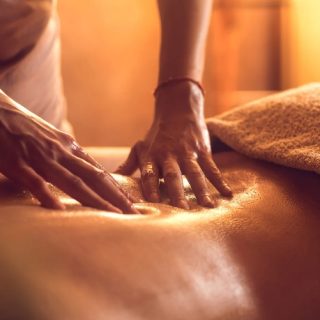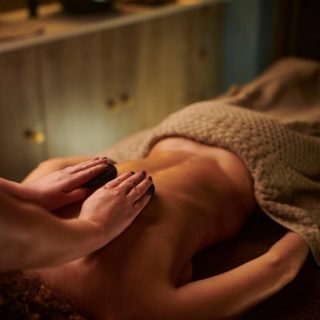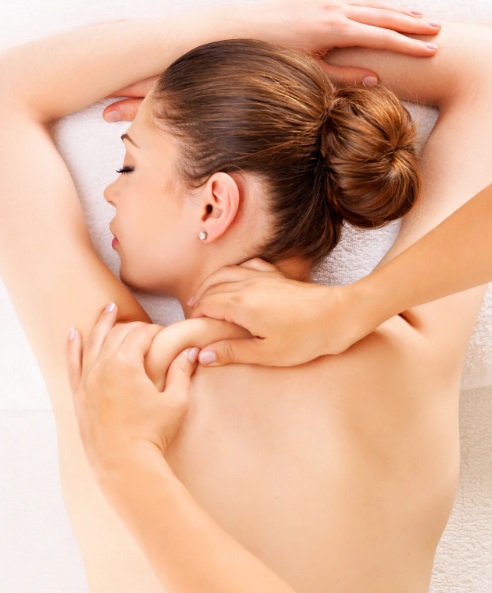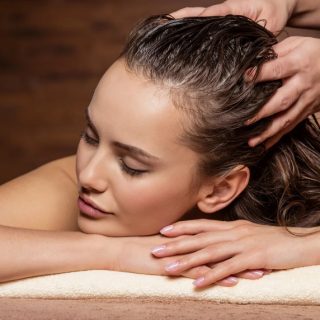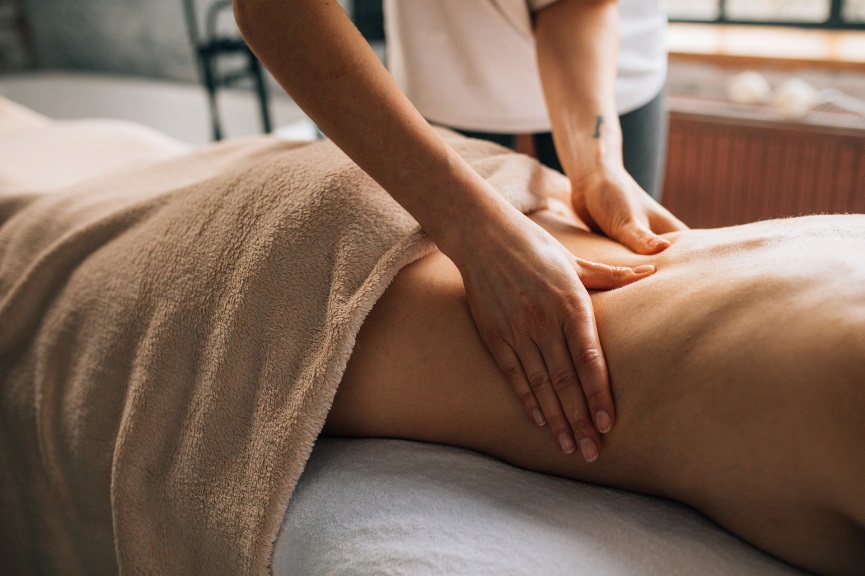Best Back Massage in Stirling
Easing the Caledonian Burden: The Profound Benefits of Back Massage for Scottish People
Scotland, with its breathtaking landscapes and a culture that often embraces physical activity, can also place significant strain on the back. From battling the elements during outdoor pursuits to the demands of manual labour in some sectors, and even the postural challenges of modern sedentary life in urban areas, back pain is a common ailment. Fortunately, back massage offers a powerful and natural solution, providing a multitude of physical and mental benefits specifically tailored to the needs of the Scottish people.
Unraveling the Tension: Physical Benefits
The most immediate and tangible benefit of a back massage is the relief it provides from muscle tension and pain. Scotland’s cooler climate can often contribute to muscles tightening up as a protective response, leading to stiffness and discomfort in the back. Skilled massage techniques, such as kneading, effleurage, and deep tissue work, help to warm and relax these constricted muscles, improving blood flow and reducing painful knots and trigger points. For those who spend long hours on their feet, whether working in the hospitality industry or exploring the Highlands, a back massage can alleviate the accumulated strain and fatigue in the lower back and legs.
Furthermore, many Scots engage in activities that place specific demands on their backs. Hillwalking, gardening, and even carrying heavy shopping in bustling city centres can lead to muscle imbalances and strain. Regular back massages can help to address these imbalances, improving posture and reducing the risk of future injuries. For athletes involved in sports like golf or rugby, a targeted back massage can enhance flexibility and range of motion, contributing to improved performance and injury prevention.
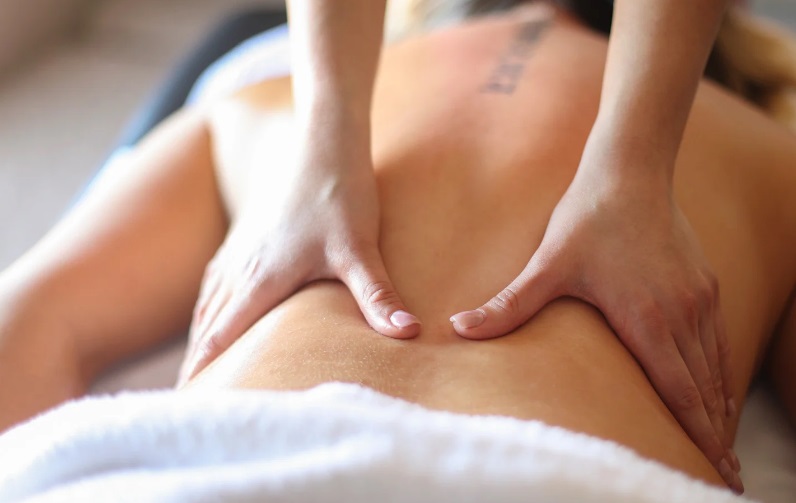
Boosting Circulation and Healing:
Massage therapy is renowned for its ability to improve circulation. In the back, this increased blood flow delivers vital oxygen and nutrients to the muscles and tissues, promoting healing and reducing inflammation. This is particularly beneficial for those recovering from back injuries or experiencing chronic conditions like sciatica. By encouraging lymphatic drainage, back massage can also help to remove waste products and toxins from the muscles, further aiding the healing process and reducing swelling.
Beyond the Physical: Mental and Emotional Wellbeing
The benefits of a back massage extend far beyond the purely physical. The soothing and nurturing touch of a skilled therapist can have a profound impact on mental and emotional wellbeing. In the often-fast-paced modern world, stress and anxiety can manifest as physical tension, frequently accumulating in the back and shoulders. A relaxing back massage can calm the nervous system, reduce the production of stress hormones like cortisol, and promote the release of endorphins, the body’s natural mood boosters and pain relievers.
For those living in more isolated rural communities in Scotland, the simple human connection and focused attention during a massage can also provide a sense of comfort and care, alleviating feelings of loneliness or stress. The tranquil environment of a massage studio offers a welcome escape from the daily pressures, allowing individuals to unwind and recharge both physically and mentally.
Tailoring the Treatment to Scottish Needs:
Massage therapists in Scotland are well-equipped to tailor their techniques to the specific needs of their clients. They may incorporate knowledge of common ailments prevalent in the region, such as stiffness exacerbated by the climate or injuries related to popular outdoor activities. Some therapists may also utilize warming balms or aromatherapy oils that complement the massage and provide additional relief for cold or aching muscles.
Making Back Massage a Part of Scottish Wellbeing:
Incorporating regular back massages into a self-care routine can be a powerful investment in overall health and wellbeing for people in Scotland. Whether seeking relief from chronic pain, recovering from physical exertion, or simply aiming to reduce stress and improve relaxation, the benefits are numerous and far-reaching. By addressing both the physical and mental burdens that life in Scotland can sometimes bring, back massage offers a valuable pathway to a healthier, happier, and more comfortable existence. From the bustling cities to the serene Highlands, taking the time to ease the Caledonian burden through the skilled hands of a massage therapist is a worthwhile pursuit for all. Sources and related content

